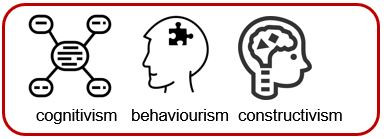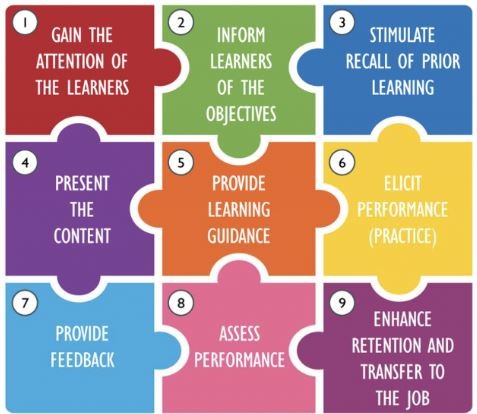Learning Theory
When designing a lesson plan to include the four learning theories (cognitivism, constructivism, behaviorism, and connectivism) related to CPR (Cardiopulmonary Resuscitation), you can follow these steps:
-
Determine the learning objectives: Clearly define the specific learning objectives for the CPR lesson. For example, the objectives could include understanding the basic steps of CPR, demonstrating proper hand placement and compression technique, and understanding the importance of timely CPR in saving lives.
-
Cognitivism: Incorporate cognitive elements by providing theoretical knowledge about CPR, such as the physiology of the heart, the purpose of CPR, and the correct sequence of steps. Include visuals, diagrams, and explanations to enhance understanding.
-
Constructivism: Foster constructivist learning by encouraging learners to actively engage in the learning process. Include group discussions, case studies, and hands-on activities where learners can practice CPR techniques in a simulated setting. Allow learners to reflect on their experiences and share their insights with the group.
-
Behaviorism: Incorporate behaviorist principles by providing clear demonstrations and step-by-step instructions for performing CPR. Include repetitive practice sessions where learners can mimic the correct techniques. Provide immediate feedback and reinforcement to reinforce proper behavior and encourage skill development.
-
Connectivism: Promote connectivist learning by integrating technology and online resources into the lesson plan. Provide access to educational videos, interactive simulations, and online communities where learners can share their experiences and engage in discussions with others. Encourage learners to explore additional resources and stay updated on the latest CPR guidelines.
-
Assessment and evaluation: Design assessments that align with the learning objectives and incorporate different learning theories. For example, include a written knowledge test to assess cognitive understanding, a practical skills assessment to evaluate behavioral competency, and a reflective journal or group discussion to assess constructivist and connectivist learning.
By incorporating these four learning theories into your CPR lesson plan, you can create a comprehensive and engaging learning experience for your learners. Remember to adapt the activities and instructional strategies to suit the specific needs and learning styles of your learners.
设计一个包括认知主义、建构主义、行为主义和连结主义的教学计划,与心肺复苏(CPR)相关:
-
确定学习目标:明确CPR课程的具体学习目标。例如,学习目标可以包括理解CPR的基本步骤,展示正确的手部放置和按压技巧,以及了解及时进行CPR对于挽救生命的重要性。
-
认知主义:通过提供CPR的理论知识,如心脏生理学、CPR的目的和正确的步骤顺序,来融入认知元素。使用视觉材料、图表和解释来增强理解。
-
建构主义:通过鼓励学习者积极参与学习过程来培养建构主义学习。包括小组讨论、案例研究和模拟场景中的实际操作活动,让学习者能够在模拟环境中练习CPR技巧。鼓励学习者反思经验,并与小组分享见解。
-
行为主义:通过提供清晰的演示和逐步说明来融入行为主义原则,以便学习者学习CPR的正确技巧。包括重复练习环节,学习者可以模仿正确的技巧。及时提供反馈和强化,以加强正确行为并促进技能发展。
-
连结主义:通过将技术和在线资源整合到教学计划中来促进连结主义学习。提供教育视频、交互式模拟和在线社区的访问权限,学习者可以分享经验并与他人进行讨论。鼓励学习者探索额外的资源,并及时了解最新的CPR指南。
-
评估和评价:设计与学习目标相一致,并结合不同学习理论的评估方式。例如,包括书面知识测试以评估认知理解程度,实际技能评估以评估行为能力,以及反思日志或小组讨论以评估建构主义和连结主义学习。
通过将这四种学习理论融入CPR教学计划中,您可以为学习者创造一个全面而有趣的学习体验。请记住,根据学习者的特定需求和学习风格调整活动和教学策略。













No Comments